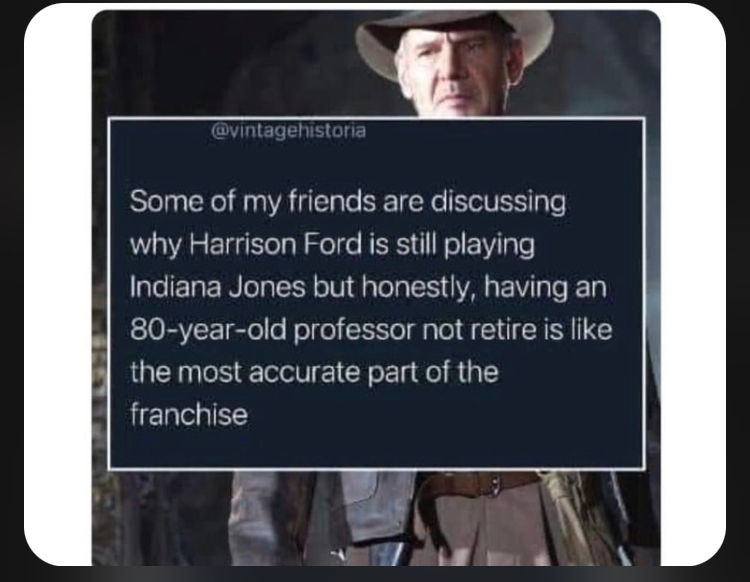Saving the Aten Family's Barn
- Holly Wells
- Aug 5, 2022
- 3 min read
How the survival of an 1830 barn contributes to my sense of belonging to place
This post originated on my Tumblr in 2020.
On this blog, I talk a lot about a need for that sense of belonging to place, and the saga of our 190-year-old barn is just one good example of how important that sense is to me.
We bought this property last May. It’s an old farmhouse and barn built in 1830 by a descendant of a Dutch immigrant to Pennsylvania (that’s actual Pennsylvania Dutch, from the Netherlands, not Pennsylvania Deutsch, or Germans). While we’re not hard up for cash by any means, we definitely weren’t in a position to make any improvements on the property during the first year, because it took everything we had to get it done at all. So when things started breaking (one of the two enormous air conditioners died, the fridge went, the radiant heating quit working in the apartment; I could go on), we were understandably concerned. But the worst thing so far was the day my spousal unit and I were going for a walk, and I turned to look at the barn and noticed a huge pile of rocks inside it.

The barn’s foundation was crumbling.
Naturally, this happened at around the time the pandemic hit, so getting anyone to call us back has been an exercise. So far, we’ve had two companies come out, of the probably 6 or 7 we tried to get in touch with. Today, we finally got one of them to come back, and they’re going to do the work... and, we think, they’re going to do it within our budget.
The barn will be saved.
This may not seem like a big deal right now. For many people, an old barn falling down would be an inconvenience, but not something that would cause financial hardship. I mean, if it’s gonna fall, it’s gonna fall, right?
But I don’t feel as if this is my barn. This barn belongs to the ages. Like the old part of the house, like the land, it belongs to Pennsylvania’s history.

However, the land we live on belonged to the Lenni-Lenape before the sons of William Penn bought, or more likely swindled, it from the tribe in the so-called “Walking Purchase” or “Walking Treaty” of 1737. Learn more about that on the Delaware Indians’ website: http://delawaretribe.org/blog/2013/06/27/the-walking-purchase/
Feeling a sense of belonging on stolen land is difficult. On the one hand, it’s not as if I can afford to hand it over to some Lenape (many of whom still live in this area) and make up for what Thomas and John Penn did in 1737. I would be homeless, along with my family. On the other hand, I’ll never feel quite right about being here, because I know without a shadow of a doubt that this would be Lenape land were it not for the bald-faced lies the Penns told and the failure of the courts to give the Delawares a fair hearing on the issue in the centuries to follow.
I see myself as a temporary custodian of this place, and as far as I’m concerned, this barn is not coming down on my watch. Robert Aten and his family built these structures with their own hands, perhaps from black walnut trees on the land. The records seem to indicate that he may have received his original parcel from his father, Henry, who may have received his own from his father, Henry (originally of Readington, NJ—the family originally emigrated to Flatbush in New Netherlands, now Brooklyn). They probably bought the original parcel, which was likely hundreds of acres, from the Penns in the mid-1700s, and subsequently divided it among children over the decades. (I’m still working on this research; I have the entire deed history of my own house and land, but not of the other Aten properties.)

For now, it looks as if we can save Robert and Catherine Aten’s old barn. At least I can keep a little piece of colonial history standing for my tenure as custodian.
PostScript 2022:
After hiring the most amazing father-daughter contractor team ever, we were able to save the Atens' barn. Bob and Sam poured an entirely new concrete "wall," really, under the bank-side of the foundation, giving them a solid space to which to secure the endangered sides of the barn. Our party-barn plans have been discarded, but at least one other couple has been using the barn: a pair of black vultures, who seem to have nested there this spring and haven't left yet.
Want to learn more about hexafoos (hex signs)? Go here.




Comments